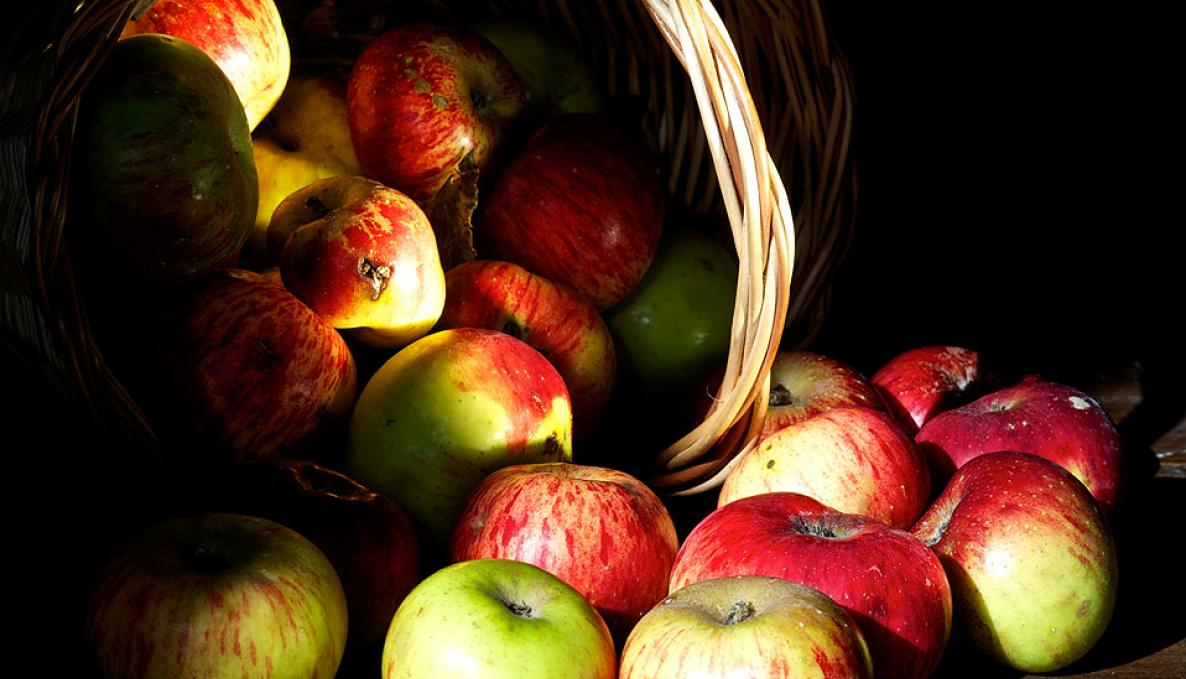Visual hunger: visually impaired food tasters check the quality of fruits for a research project developed by Sant’Anna School Institute of Life Sciences and UIC Lucca

Blind and visually impaired individuals were administered the olfactory and gustatory tests for measuring the quality of Tuscany fruits, in particular ancient apple varieties grown in Lucca area. The sensory taste test, excluding the hedonic pathway, aims to assess flavor, viscosity, and texture, associated with the ingestion of apples. Susanna Bartolini, reseacher in arboriculture and fruit culture, as the project coordinator, and members of the National Federation of the Blind – Lucca, participated in the research project “Sensory pathways beyond sight” supported by Sant’Anna School Institute of Life Sciences.
As sight is undoubtedly important for food identification and modulation of gustatory sensitivity, this sensory analysis was based on taste, touch and smell senses to emphasize the high value of sensory data versus eating habits affected by visual food identification. The study used sensory descriptive analysis to translate descriptions into well-defined sensory attributes to improve consumer’s sensory perceptions. Combined to consumer liking tests, this analysis contributed to the mapping of preferences and the determination of preference drivers.
Blind and visually impaired fruits tasters (apricots, peaches, plums, pears and apples were tested) showed that compared with the normal sighted, blind subjects have increased thresholds for taste detection and taste identification. Results indicate that blind subjects rely on internal hunger and satiety control, instead of external contextual factors, to decide what fruit to eat.
In particular, 18 members of the National Federation of the Blind – Lucca used a sensory evaluation technique to assess the “Casciana”, “Ruggine” and “Rosa” ancient apples characters and determine the fruits sensory profiles. Ancient apples and dehydrated “apple chips” were offered by the company "Il Corniolo” - Castiglione di Garfagnana, owned by Franca Bernardi. Textural properties of dried apple chips with no sugar and high fiber content measured through sensory analysis showed high percent of acceptance among the fruit tasters.
Sant’Anna School researchers Susanna Bartolini, Matteo Orlando and Cristina Ghelardi tested the chemosensory function on the odor detection, odor discrimination, and taste identification. Their results add further support to the notion that specialized training enhances the performance on chemosensory tasks which means that trained visually impaired subjects may outperform others on taste identification tests.



